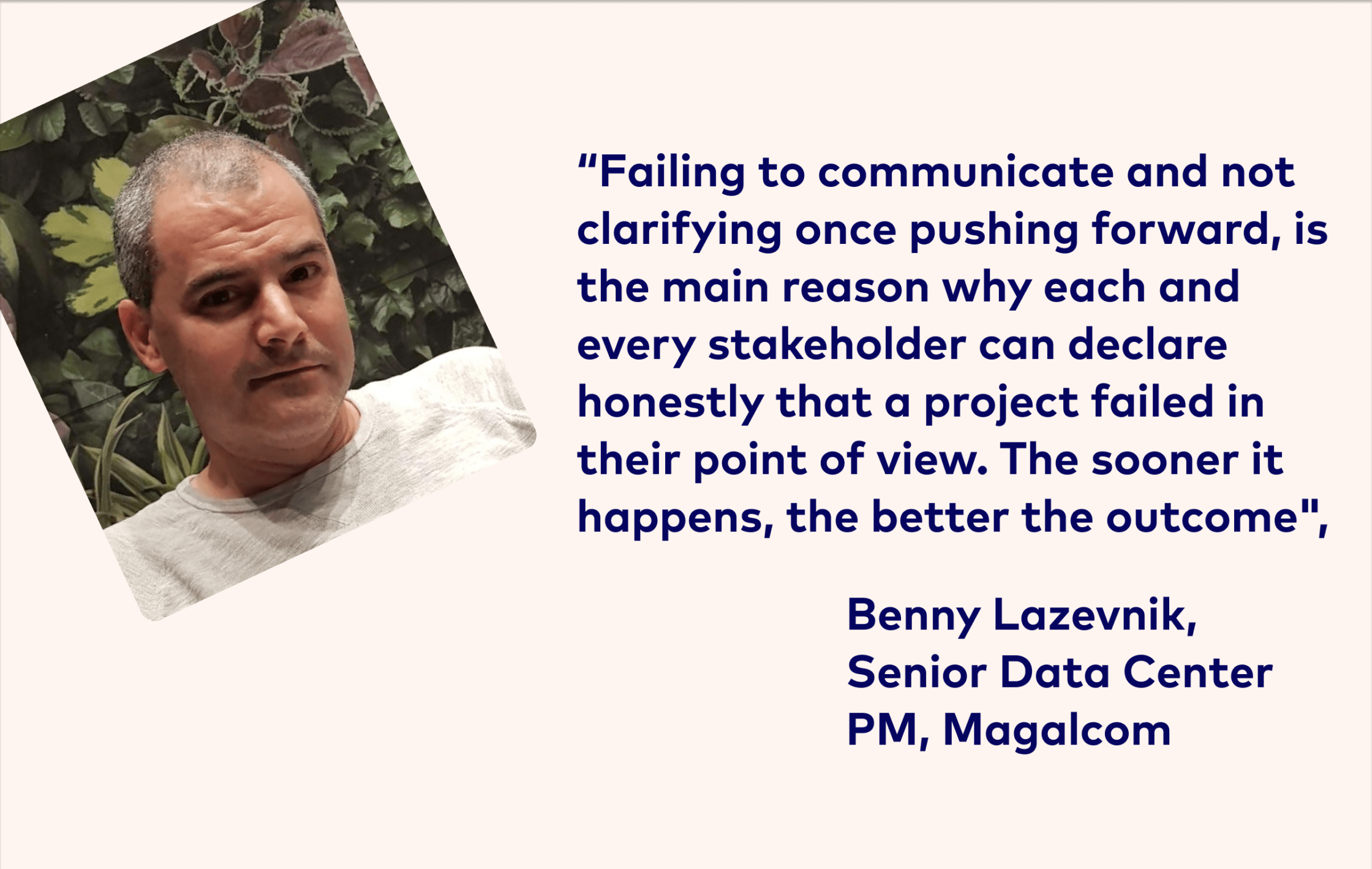Why Do Projects Fail?


In a 2021 Project Management Institute survey, respondents reported that 12% of projects in their organization were deemed failures in the past year. Like a tower of Jenga blocks, every project begins with a strong foundation with high hopes and big goals. But if one piece is removed or misplaced, the whole structure can come tumbling down. Sadly, not all projects survive the game, as they fail to meet expectations and collapse in disappointment. Reasons for failure can be varied and complex; from missed timelines and budget overruns, to low-quality deliverables and dissatisfied stakeholders. In this blog, we’ll explore ways to prevent the blocks from toppling and ensure the smooth and successful execution of your projects right from the get-go.
So why do projects fail? Read on to check out the most common reasons & how to avoid them:

Lack of Clear Goals & Scope
Big projects fail at an astonishing rate. When project goals and scope are not well-defined – success criteria, deliverables, and timelines become unclear; resulting in budget and schedule overruns. This is why a clear project charter is essential. Like a sturdy base, it defines the project’s goals, scope, stakeholders, success criteria, risks, and assumptions. With a solid foundation in place, effective project planning and execution is easily achievable; ensuring that the tower remains stable and strong.
Poor Planning & Execution
Project planning requires a steady hand and careful attention to detail. It’s a critical process that involves building a solid foundation of tasks, resources, schedules, and risks. If there is no precise planning, the tower can easily become unbalanced by unrealistic timelines, insufficient resources, and a lack of risk management. Effective planning demands discipline and engagement from all stakeholders and project tasks must be sequenced, resources allocated, and contingencies planned for. But the game isn’t over once the planning is done! Just like in Jenga, constant monitoring of project execution is crucial in ensuring smooth progress and identifying any blocks that need to be adjusted or removed.

Ineffective Communication
As Benny Lazevnik touched upon, effective communication is the lifeblood of successful projects. When communication is inadequate, inaccurate, or inconsistent, it can lead to misunderstandings, misinterpretations, and delays. Poor communication can also result in misalignment between stakeholders, which can lead to conflicts and ultimately project failure. To prevent ineffective communication, it is essential to establish a communication plan to ensure that stakeholders receive timely and accurate information about the project’s status, risks, and decisions. By adapting this approach, the tower will stand tall and strong, with effective communication serving as its sturdy base.
Insufficient Resources and Support
Insufficient resources can lead to delays, quality issues, and stakeholder dissatisfaction. Moreover, projects require organizational support; including leadership buy-in, stakeholder engagement, and project governance. It is crucial to conduct a thorough resource assessment and engage key stakeholders early in the project. Project leaders must also secure executive buy-in and support and ensure that the project aligns with the organization’s strategic priorities. If one block is weak or missing, the whole tower can crumble.
Ineffective Risk Management
Every project involves risks that can topple the entire structure if not identified and managed effectively. Risks can arise from various sources, including project requirements, technology, stakeholders, and external factors. If risks are not identified, assessed, and managed effectively, they can lead to immediate project failure.
To prevent ineffective risk management, project leaders must conduct a comprehensive risk assessment and develop a risk management plan that outlines the risk identification, assessment, mitigation, and monitoring processes. Ultimately, just as a skilled Jenga player must anticipate and carefully manage the risks of each move, a successful project manager must be vigilant and proactive in identifying and addressing risks to ensure the project’s success. Project teams must remain responsive to emerging risks and take appropriate actions to mitigate them.

Multitasking
We live in a world where multitasking is often praised and considered a desirable trait. However, the truth is that trying to do too many things at once can lead to a lack of focus and decreased productivity. In the game of project management, trying to tackle too many tasks at once is like pulling out too many blocks from the Jenga tower.
Instead, it’s important to break down tasks into smaller, manageable pieces and work on them one at a time. By finishing or getting a task to a reasonable stopping point before moving on to the next one, individuals can better manage their time and ensure that each task is completed to the best of their ability. This approach is effective for people at all levels, from entry-level employees to senior executives.
Last, but not – insufficient technology that doesn’t meet your organizations’ needs can have a profound impact on the success of a project. An effective and adaptive project management tool, like Proggio will streamline your success by offering complete clarity across your teams.
Project failure is unfortunately a common occurrence in today’s fast-paced business environment. However, it can be prevented by addressing some of the most common reasons for project failure, and by a game-changing project management tool. With careful planning and execution, it’s possible to build a strong and stable project tower that can withstand any challenge!
Want to hear more about how you can save failure with Proggio’s PPM tool? Book a demo with to get started!

